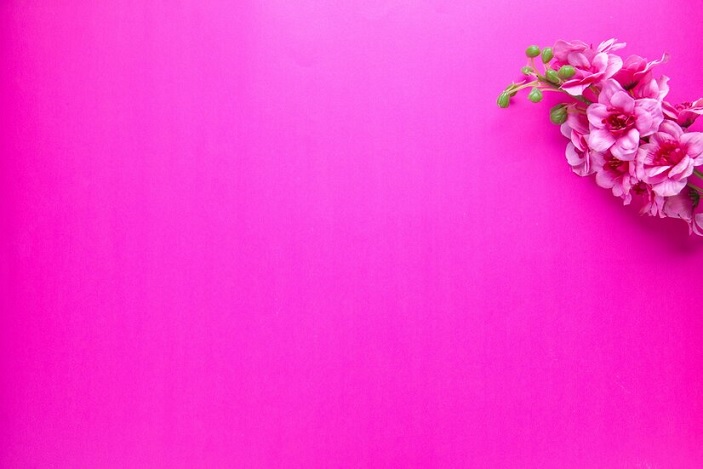Introduction to Pink Backgrounds
In the world of digital design and visual content creation, the pink background has emerged as a powerful and versatile element. Pink, a colour often associated with warmth, affection, and tranquillity, brings a unique charm to various forms of media. This article delves into the multifaceted applications and benefits of using pink backgrounds in digital design, offering insights into how they can enhance visual appeal and engagement.
The Psychological Impact of Pink
Understanding Color Psychology
Colour psychology plays a crucial role in the design, influencing emotions and behaviours. The color pink is often linked with feelings of calmness, love, and gentleness. When used as a background, pink can create a serene and inviting atmosphere. This psychological effect makes pink -backgrounds an excellent choice for websites, social media graphics, and marketing materials aimed at fostering a positive and welcoming environment.
Pink in Branding and Marketing
Brands often utilize pink backgrounds to convey specific messages and values. For instance, companies in the beauty, wellness, and fashion industries frequently use pink to evoke femininity, sophistication, and elegance. By incorporating a pink -background, brands can align their visual identity with these attributes, enhancing brand recognition and appeal.
Design Applications of Pink Backgrounds
Web Design
In web design, a pink background can significantly impact user experience. Soft, pastel pinks create a light and airy feel, making websites appear more approachable and user-friendly. On the other hand, vibrant, bold pinks can add a dynamic and energetic vibe, capturing visitors’ attention and encouraging interaction. The key is to balance the pink background with complementary colours and elements to ensure readability and visual harmony.
Social Media Graphics
Social media platforms thrive on visually engaging content. A pink background can make posts stand out in crowded feeds, attracting more likes, shares, and comments. Whether it’s an Instagram story, a Facebook post, or a Pinterest pin, a well-designed graphic with a pink -background can enhance visibility and engagement. Designers can experiment with different shades and textures of pink to create unique and eye-catching visuals.
Print Media
Pink backgrounds are equally effective in print media. From flyers and brochures to business cards and posters, incorporating pink can make printed materials more appealing. The choice of pink can vary based on the intended message – soft pinks for a gentle, calming effect, or bold pinks for a striking and attention-grabbing look. Print designers can leverage the versatility of pink to create memorable and impactful designs.
Tips for Using Pink Backgrounds in Design
Choosing the Right Shade
The shade of pink chosen for a background can significantly affect the overall design. Lighter shades like blush and pastel pinks are perfect for creating a soft, elegant look, while darker shades like magenta and fuchsia can add vibrancy and intensity. It’s essential to consider the context and purpose of the design when selecting the appropriate shade of pink.
Balancing with Other Colors
While a pink background can be stunning, it’s crucial to balance it with other colors to avoid overwhelming the viewer. Neutral tones like white, grey, and beige can complement pink backgrounds beautifully, creating a cohesive and harmonious design. Additionally, contrasting colors like teal, navy, and gold can add visual interest and make key elements pop.
Incorporating Textures and Patterns
Adding textures and patterns to a pink- background can elevate the design, making it more dynamic and engaging. Subtle gradients, geometric patterns, and floral motifs can enhance the visual appeal without detracting from the overall message. Designers should experiment with different textures and patterns to find the perfect combination that complements the pink background.
Case Studies: Successful Use of Pink Backgrounds
Case Study 1: Glossier
Glossier, a renowned beauty brand, effectively uses pink backgrounds in its branding and marketing materials. The soft, millennial pink- background in Glossier’s packaging and website design creates a cohesive and recognizable brand identity. This strategic use of pink not only appeals to the brand’s target demographic but also reinforces its image of simplicity and elegance.
Case Study 2: Barbie
Barbie, an iconic brand, is synonymous with the color pink. The bold pink backgrounds used in Barbie’s marketing campaigns and product packaging capture attention and convey a sense of fun and excitement. This consistent use of pink has helped solidify Barbie’s brand identity and maintain its relevance across generations.
Case Study 3: T-Mobile
T-Mobile’s use of magenta, a vibrant shade of pink, in its branding is another excellent example of the power of pink -backgrounds. The bold magenta background in T-Mobile’s advertisements and promotional materials creates a strong visual impact, differentiating the brand from its competitors and reinforcing its dynamic and innovative image.
Conclusion
The pink background is a versatile and powerful tool in the realm of digital design and marketing. Its ability to evoke positive emotions, enhance brand identity, and create visually engaging content makes it an invaluable asset for designers and marketers alike. By understanding the psychological impact of pink, choosing the right shades, and balancing with complementary colours, designers can harness the full potential of pink -backgrounds to create stunning and effective designs.






